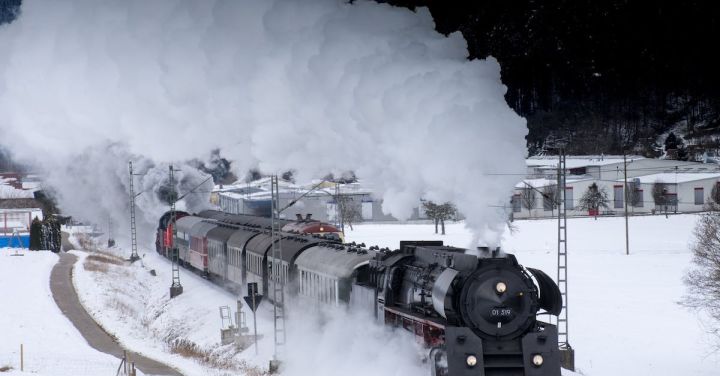The world has witnessed numerous technological advancements over the years. From the invention of the steam engine to the introduction of electric power, these innovations have revolutionized the way we live and work. One such transformation that has had a profound impact on society is the shift from steam power to electric power.
The journey from steam to electric power began in the late 19th century and continued well into the 20th century. Steam power had been the dominant source of energy for several decades, powering factories, locomotives, and even ships. However, as the demand for more efficient and reliable sources of energy grew, engineers and inventors turned their attention to harnessing the power of electricity.
The transition from steam to electric power was not an overnight process. It required years of research, development, and experimentation. One of the key figures in this transformation was Thomas Edison, the famous American inventor. Edison’s work on the electric light bulb was a significant milestone in the development of electric power. His invention paved the way for the widespread adoption of electric lighting, which eventually led to the electrification of cities and towns.
The benefits of electric power over steam power were numerous. Electric power was cleaner, more efficient, and easier to control. It eliminated the need for bulky steam engines and the associated infrastructure, such as boilers and chimneys. Electric motors were also more compact and quieter than their steam counterparts, making them ideal for use in factories and other industrial settings.
As electric power became more prevalent, its applications expanded beyond just lighting. Electric motors were used to power a wide range of machinery and equipment, from elevators to printing presses. Electric streetcars and trains replaced steam-powered locomotives, providing a faster and more comfortable mode of transportation.
The transformation from steam to electric power also had a significant impact on the domestic front. Electric appliances, such as refrigerators, washing machines, and televisions, made their way into households, improving the quality of life for millions of people. Electric power also made it possible to electrify rural areas, bringing modern conveniences to remote communities.
The shift from steam to electric power was not without its challenges. The infrastructure required to generate, transmit, and distribute electricity had to be built from scratch. Power plants, substations, and transmission lines had to be constructed to ensure a reliable supply of electricity. The development of standardized electrical systems and safety regulations was also crucial to ensure the safe and efficient use of electric power.
Today, electric power is the backbone of modern society. It powers our homes, offices, and industries. It drives our transportation systems and enables communication and entertainment. The transformation from steam to electric power has not only changed the way we live but has also laid the foundation for further advancements in technology.
In conclusion, the journey from steam to electric power has been a remarkable transformation. It has reshaped the world and has brought about countless benefits to society. From its humble beginnings with the electric light bulb to its widespread adoption in various industries, electric power has become an indispensable part of our lives. As we continue to embrace new technologies, it is essential to reflect on the journey that led us from the age of steam to the age of electricity.
